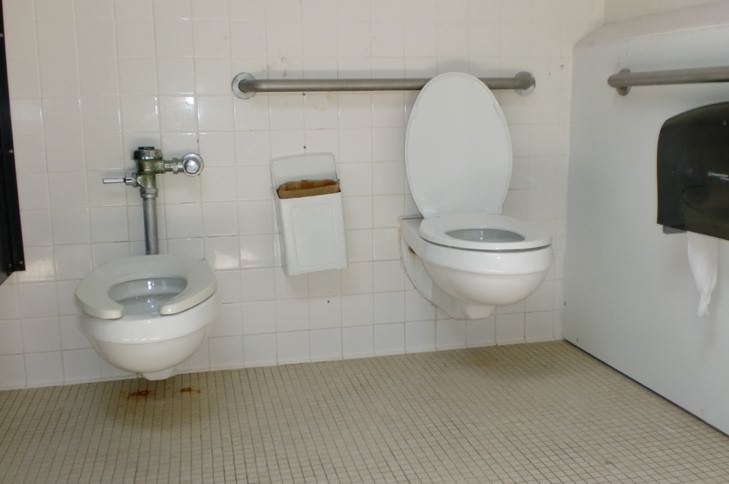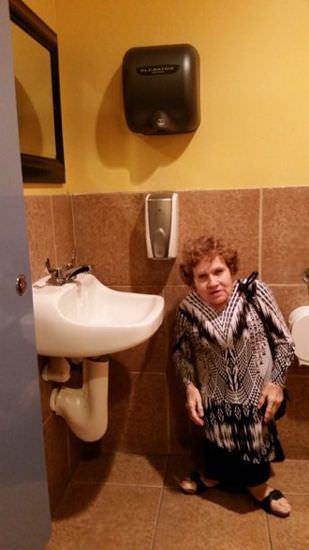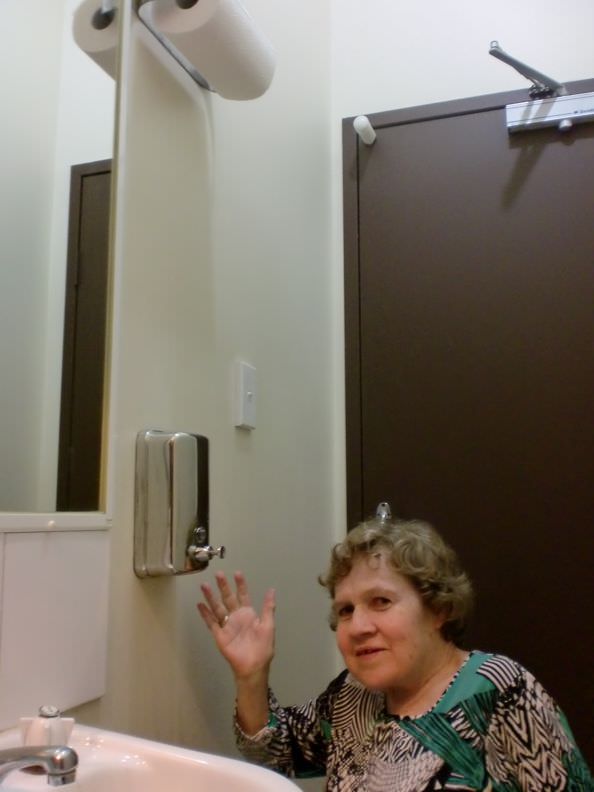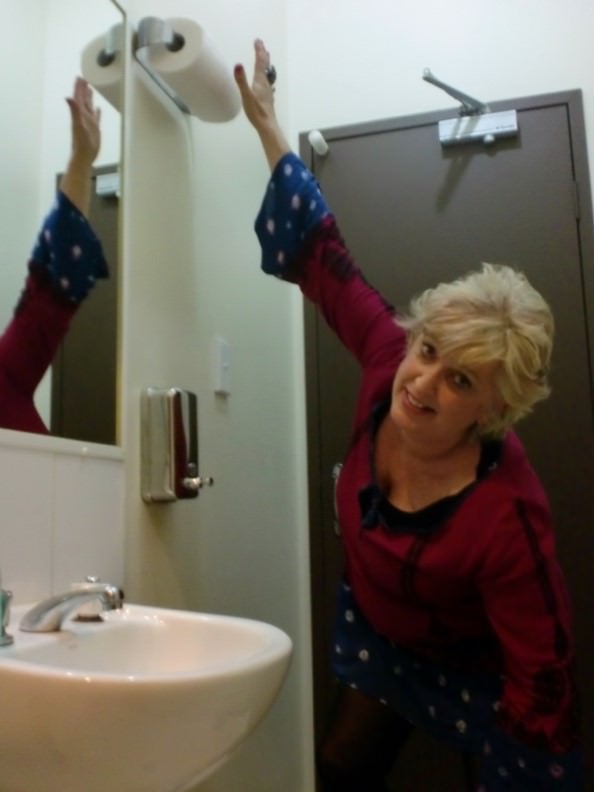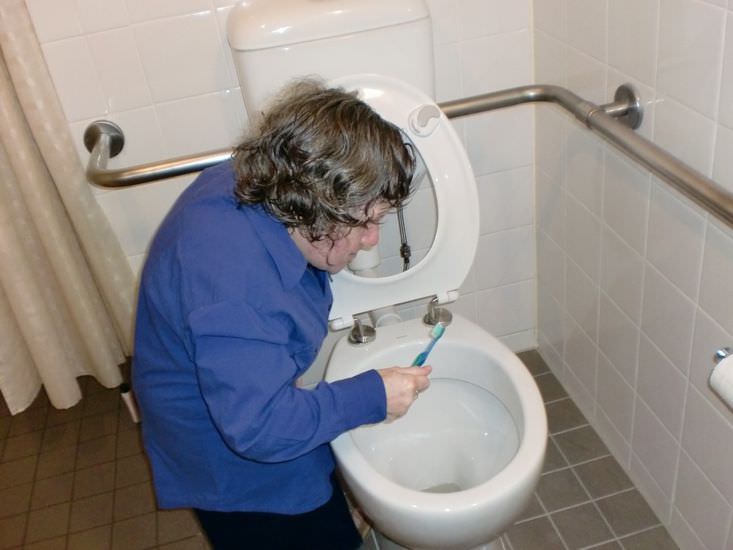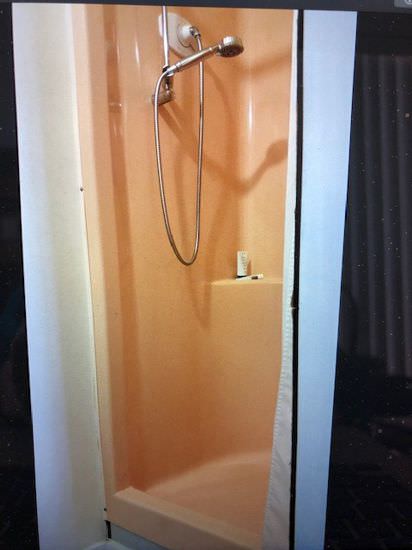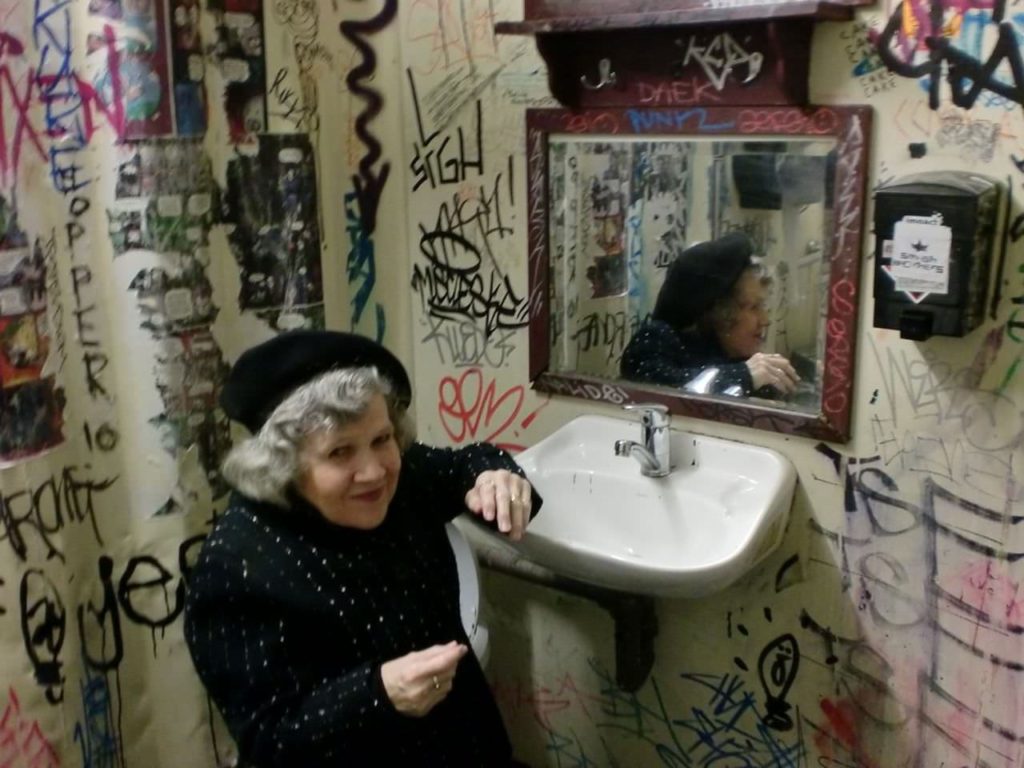
January 26, 1992 is an often overlooked date in the 30-year life of the Americans with Disabilities Act (ADA). Although July 26, 1990 deservedly receives most of the fanfare for this disability civil rights law, January 26th is the date when the ADA went into effect. In other words, no-one was held accountable for ADA violations for 18 months after the law was passed. This delay was designed to allow for public education on ADA’s nondiscrimination mandate in private employment practices, state and local governments, public accommodations, and telecommunications. So how successful was that initial public education period? Let’s take a look at public accommodations for this assessment.
Want to subscribe to receive blog updates sign up today!
For the most part, ADA compliance in public accommodations has been a contentious process of people with disabilities giving notice of a public access violation and the owner or lessee complaining that they didn’t know there was a problem. Believe it or not, this is still happening 28.5 years after the ADA went into effect! Ignorance of the law is never a good excuse and, in these cases, deserves no extension of time to put things right. If this sounds harsh, remember disability access is only required in new construction, if alterations are made, and when readily achievable in existing facilities.
People with dwarfism and disabilities have a long way to go before achieving equal access in public buildings and facilities. There are so many reminders of how much work remains to be done:
- A medical facility, opened in 2020, installed a patient reception service desk that impedes communication between the patient and customer service representative. My attempt to walk behind the desk for eye-to-eye contact was blocked as a security violation
- A restaurant service counter installed at an accessible height is loaded up with equipment and service is delivered at a counter so high the server and a customer of short stature or wheelchair user can’t see one another. When confronted, management denied any ADA violation
- A once accessible entrance door into an office building was made inaccessible when the glass door was replaced with hurricane glass making it too heavy to open
- Bathrooms in a newly renovated building have inaccessible faucets and a door knob instead of a handle
- Staircases have useless or missing handrails
- Trains, taxis and ride share services often cannot be boarded
- Poor elevator maintenance or no elevator at all
- Inability to move around in a store due to blocked aisles or inaccessible paths of travel
- Car rental establishments refusing to allow use of pedal extensions
- Service animals are refused admission
- And so much more
As discouraging as this list appears, it’s important to remember how far we have come in the last 30 years. Equal access in public places is more prevalent and, where absent, is enforceable. The challenge is for people with dwarfism and other disabilities to claim our rightful place in society and be ready to monitor and demand enforcement of the ADA when it is denied.
Are you ready to challenge ADA public access violations?
For more of my writings, go to https://angelamuirvanetten.com where you can subscribe to my weekly blog, find several retail links to my book—“Pass Me Your Shoes”—and anticipate the summer 2021 publication of book III—Always An Advocate—in my dwarfism trilogy.


